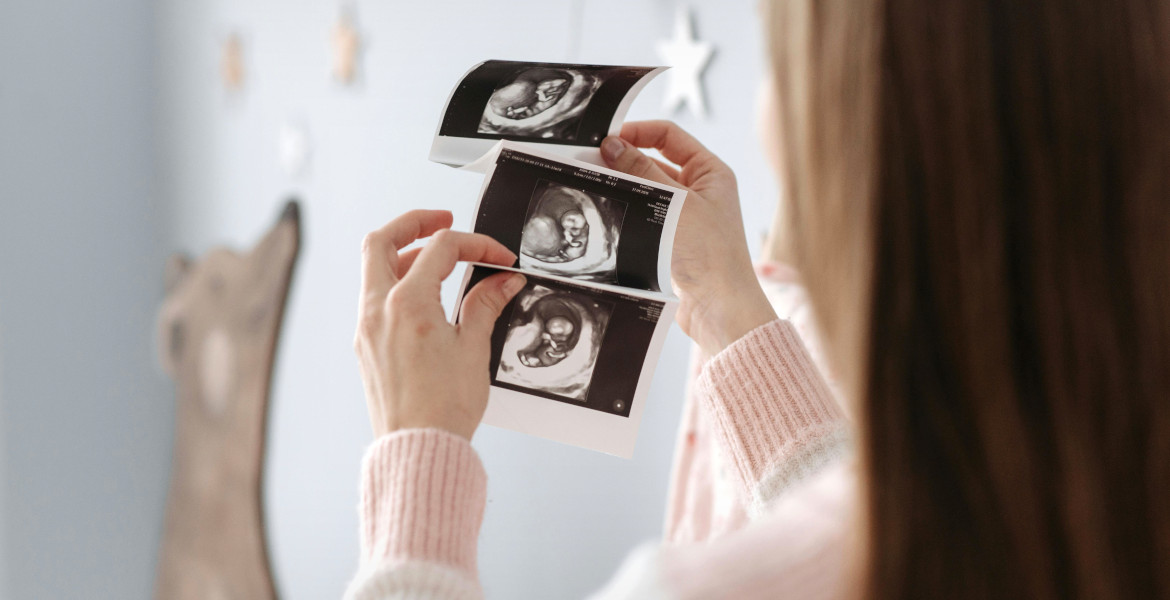Autism diagnoses are increasing significantly among girls, according to a survey by the Swedish National Board of Health and Welfare. Since 2010, the number of diagnoses has increased sixfold for girls aged 10-17 years.
Last year, around 155,000 people aged 2-64 had an autism diagnosis, representing 2% of the population. The number of people diagnosed has increased in all age groups and among both sexes over the past decade.
However, the increase has been greatest among girls, according to the survey. Since 2010, the number of diagnoses for girls aged 10-17 has increased sixfold.
Previously, it was perceived that young boys in particular were diagnosed more often than girls. Now, boys and girls are diagnosed with autism in equal proportions, and in some cases more often in girls.
Many hypotheses
According to the National Board of Health and Welfare, one possible explanation may be that girls have previously been under-diagnosed, as they often have a different symptom picture than boys. Increased knowledge of gender differences in diagnosis would also explain why more girls are now being diagnosed with autism, it says.
– Girls and women may have different symptoms than boys and may also be able to cope better with their difficulties. The degree of disability may also play a role, where those who receive an early diagnosis may have more severe symptoms, says Peter Salmi, project manager for the survey in a press release.
Others, such as Christopher Gillberg, professor of child and adolescent psychiatry, have pointed out that there is a risk that children and young people are overdiagnosed and argued that today fewer symptoms are required for an autism diagnosis to be made than in the past.




